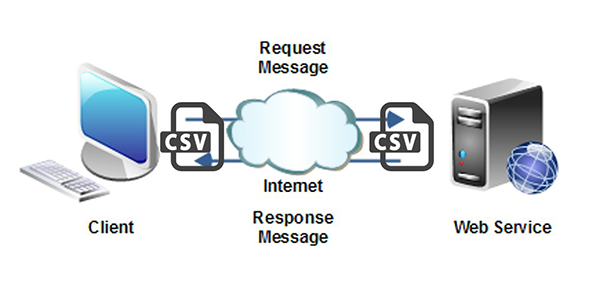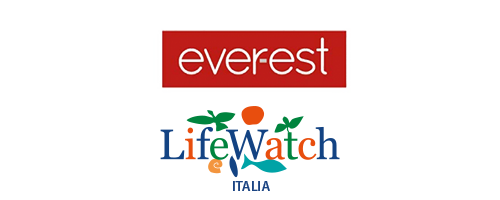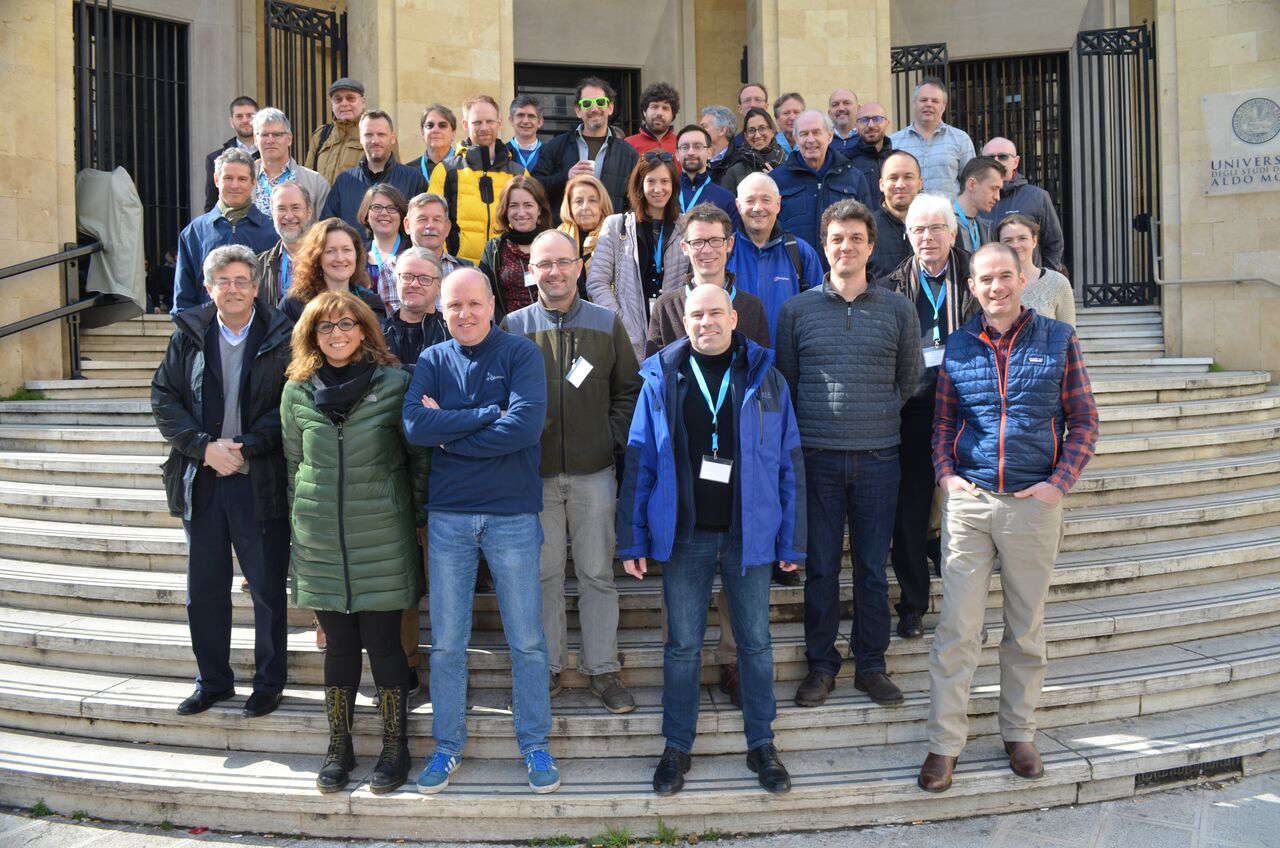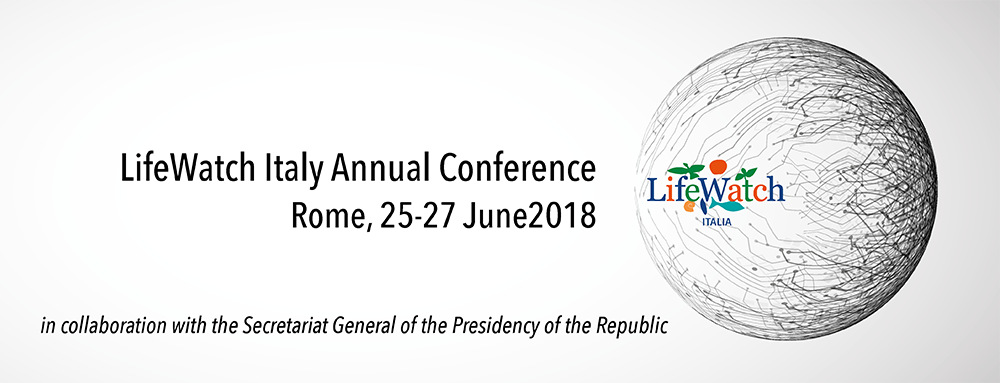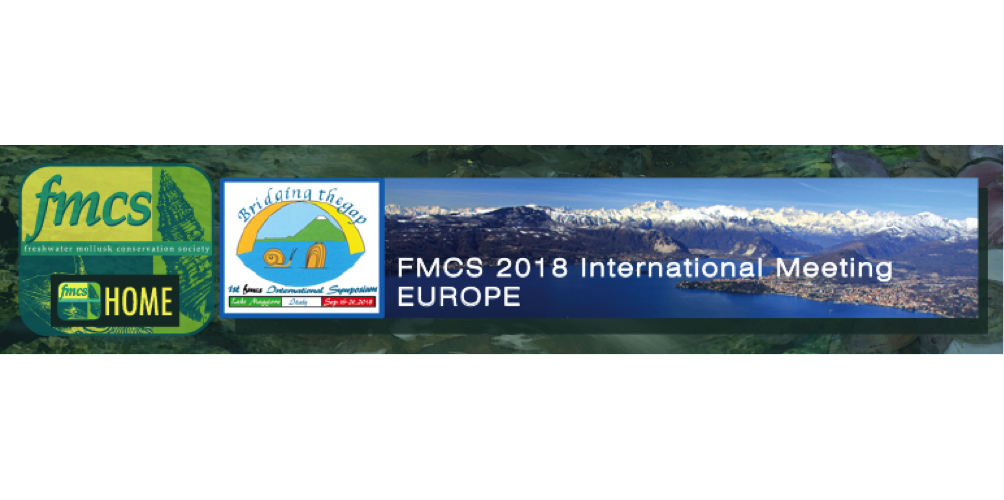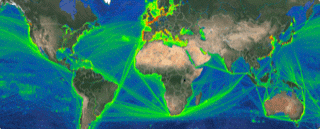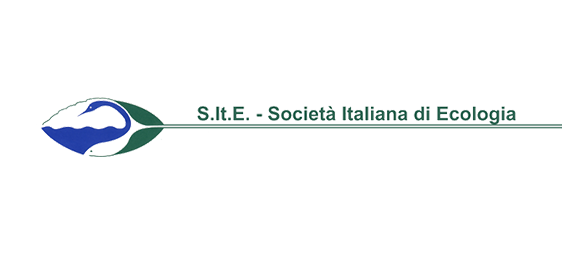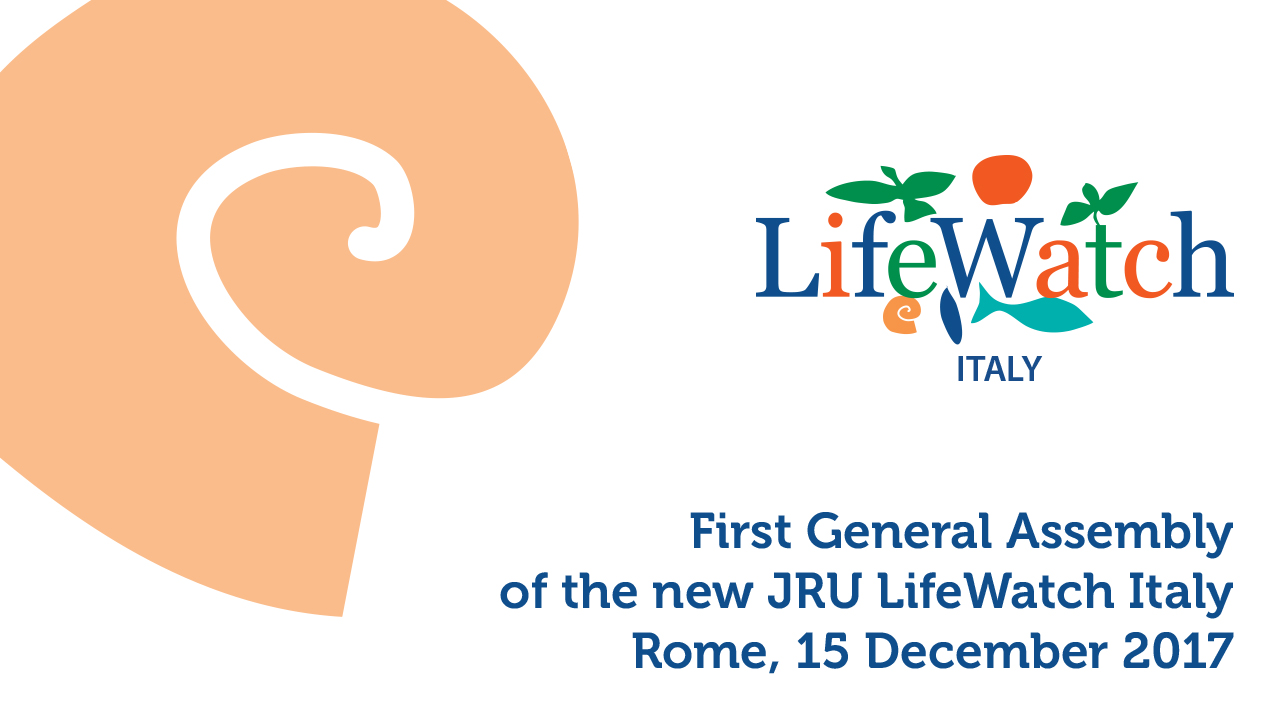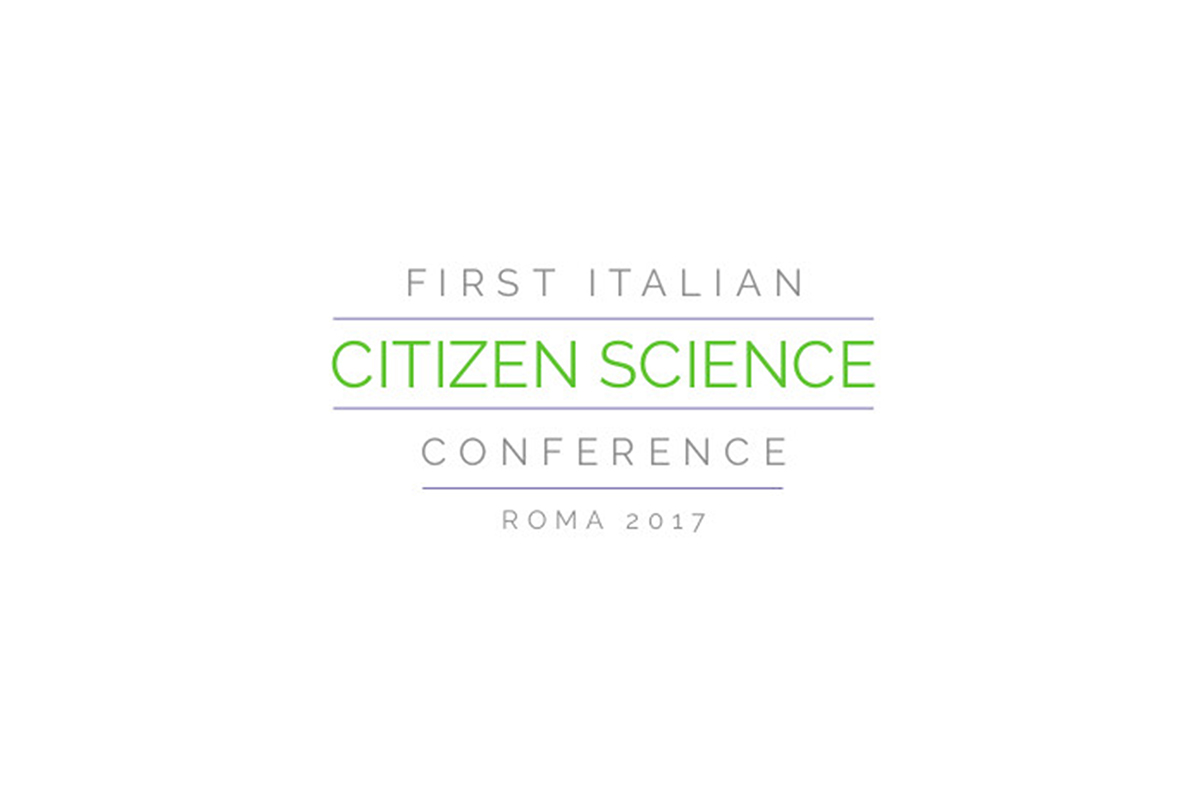Phytoplankton are an extremely diverse group of microscopic photosynthetic organisms, which play an important role, accounting for half of global primary production and affecting the biogeochemical processes. Moreover, phytoplankton provide a good model system to test trait-based approaches, because of their relative simplicity and the well-defined traits that determine their ecological niche.
To address basic and applied researches on phytoplankton ecology, the LifeWatch e-Infrastructure provides tools and services to enable researchers sharing and analysing phytoplankton data. Among them, LifeWatch Italy developed the “Phytoplankton Traits Computation“, a web service designed to support traits-based researches on phytoplankton communities. The main purpose of this web service, based on R functions, is to provide a user-friendly workflow, including all the fundamental steps for the computation of some phytoplankton traits, without using any command line. It allows to calculate morphological and demographic traits, such as hidden dimension, bio-volume, surface area, surface-volume ratio, cell carbon content, density, carbon content, and total bio-volume (for more details about phytoplankton traits, please visit the PhytoTrait Thesaurus).
The web service can work on data resources shared on the LifeWatch Data Portal and harmonised according to the “LifeWatch Data Schema”.
